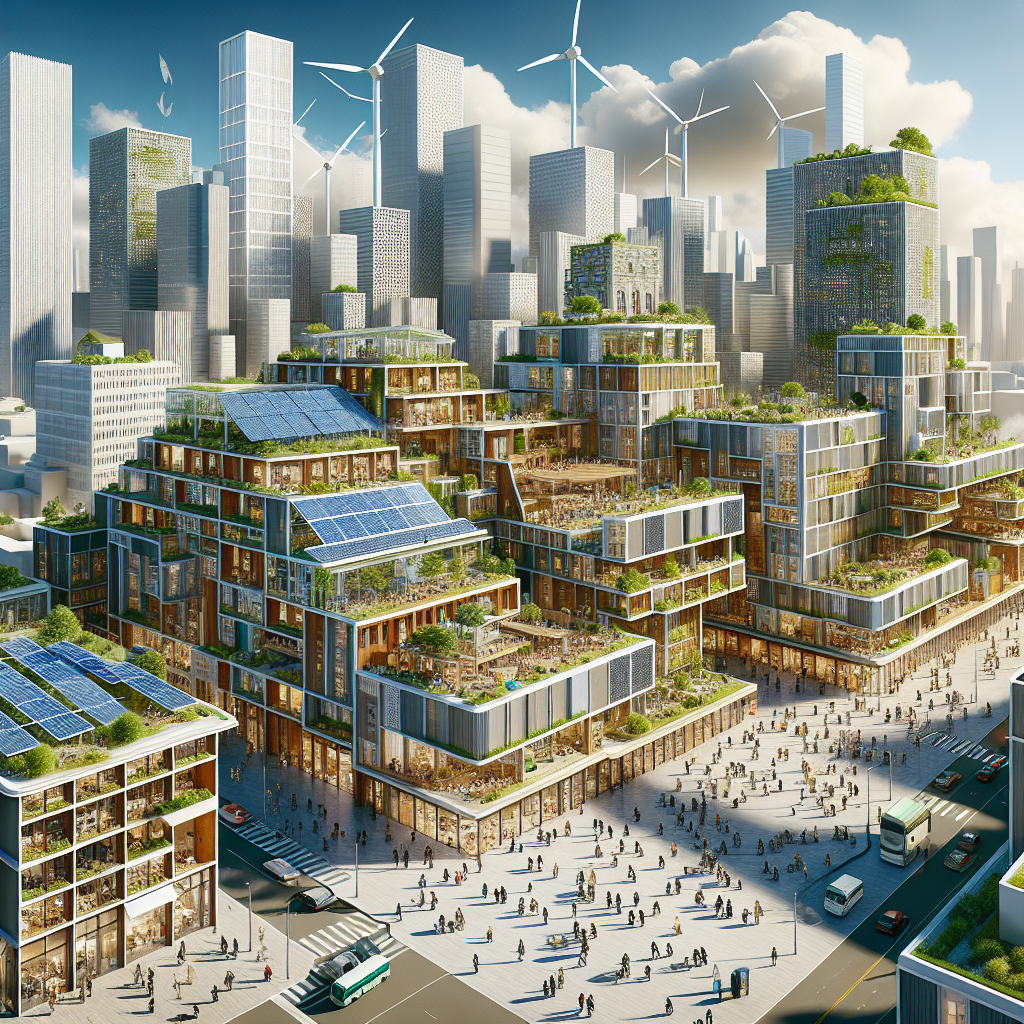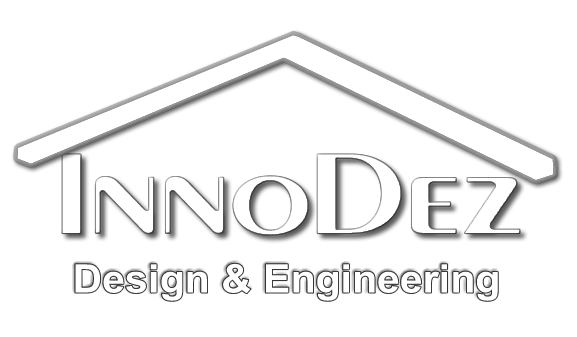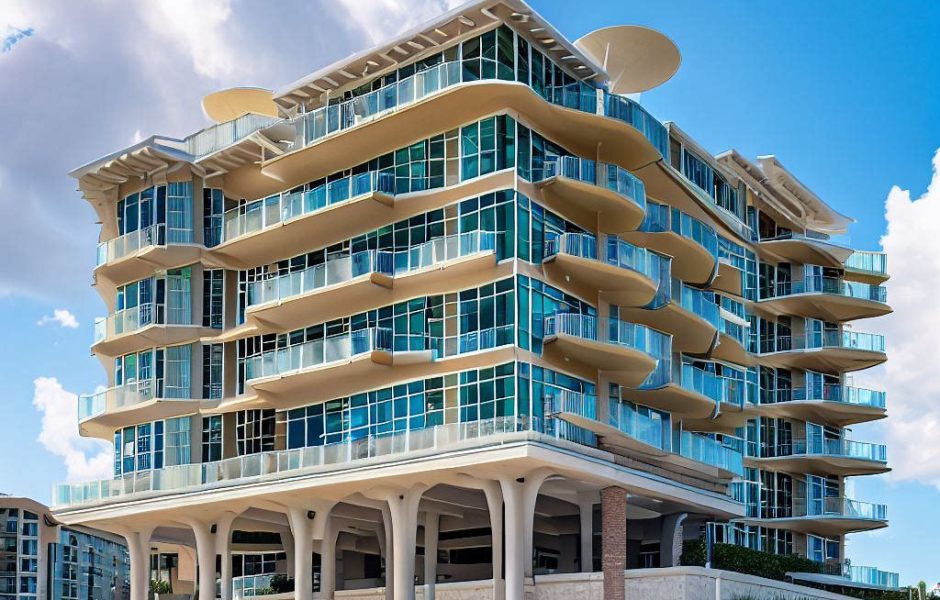In the dynamic realm of urban development and architectural innovation, mixed-use buildings stand as a beacon of modernity and functional
Introduction
In an era where sustainability is of utmost importance, finding ways to make buildings more efficient is crucial. From reducing energy consumption to implementing smart technologies, there are numerous strategies that can be employed to enhance a building’s performance. In this article, we will explore five key strategies for making a building more efficient.
The Importance of Building Efficiency
Building efficiency is not only important for reducing energy consumption and costs but also for minimizing the environmental impact of buildings. According to the U.S. Environmental Protection Agency (EPA), buildings account for nearly 40% of total energy consumption and 35% of greenhouse gas emissions in the United States. By improving the efficiency of buildings, we can significantly reduce energy waste, lower carbon emissions, and create more sustainable living and working spaces.

Understanding Energy Consumption in Buildings
Before diving into the strategies, it’s essential to understand how energy is consumed in buildings. The main areas of energy consumption in buildings include heating, cooling, lighting, appliances, and water heating. By identifying the major energy consumers, we can focus our efforts on optimizing these areas to achieve maximum efficiency.
Key Strategies for Improving Building Efficiency
1. Optimizing Insulation
Proper insulation is a fundamental step in improving a building’s efficiency. By insulating walls, floors, and roofs, we can minimize energy loss and reduce the need for excessive heating or cooling. Insulation acts as a barrier, preventing heat transfer between the interior and exterior of a building. This results in lower energy consumption and reduced utility bills. Additionally, well-insulated buildings provide better thermal comfort for occupants, enhancing their overall satisfaction.
To optimize insulation, different materials can be used, such as fiberglass, cellulose, and foam insulation. The choice of insulation material depends on factors like cost, climate, and building structure. It’s important to work with professionals to determine the most suitable insulation solution for each specific building.
2. Incorporating Energy-Efficient Technologies
Another key strategy for improving building efficiency is to incorporate energy-efficient appliances and fixtures. Upgrading to energy-efficient lighting, such as LED bulbs, can significantly reduce electricity consumption. LED lights are long-lasting, consume less energy, and provide better lighting quality compared to traditional incandescent bulbs.
Similarly, investing in high-efficiency HVAC (heating, ventilation, and air conditioning) systems can yield substantial energy savings.HVAC systems are designed to consume less energy while providing the same level of comfort. By replacing outdated and inefficient systems, building owners can not only save on energy costs but also contribute to a greener environment.
3. Utilizing Renewable Energy Sources in Buildings
Harnessing renewable energy sources is another effective strategy for making buildings more efficient. Solar power, in particular, has gained significant popularity in recent years. By installing solar panels on rooftops or open areas, buildings can generate clean and sustainable electricity. Solar energy is a renewable resource that can help reduce reliance on traditional energy sources and lower carbon emissions.
In addition to solar power, other renewable energy sources like wind and geothermal can also be explored depending on the location and feasibility. By integrating renewable energy systems into buildings, owners can not only reduce their environmental impact but also benefit from long-term cost savings.
4. The Role of Building Design in Improving Efficiency
Building design plays a crucial role in improving energy efficiency. By implementing passive design strategies, such as proper orientation, natural ventilation, and daylighting, buildings can reduce the need for artificial lighting and mechanical cooling. Passive design focuses on utilizing natural resources and elements to maintain a comfortable indoor environment without excessive energy consumption.
Incorporating green roofs and green walls can also enhance building efficiency. Green roofs provide insulation, reduce stormwater runoff, and improve air quality. Green walls act as natural air filters, absorbing pollutants and providing thermal insulation. These design elements not only improve the energy efficiency of buildings but also contribute to the overall well-being of occupants.
5. The Benefits of Smart Building Systems
Smart building technologies have revolutionized the way buildings operate and consume energy. Automated lighting systems, occupancy sensors, and smart thermostats are examples of smart technologies that can optimize energy usage and enhance occupant comfort. These systems use sensors and data analytics to monitor and adjust energy consumption based on occupancy and environmental conditions.
Smart building systems enable real-time monitoring and control of energy consumption, allowing building managers to identify inefficiencies and make informed decisions for energy optimization. Additionally, these systems can provide valuable insights into energy usage patterns, allowing for continuous improvement and proactive maintenance.
Case Studies of Successful Building Efficiency Projects
To illustrate the effectiveness of these strategies, let’s delve into a few case studies of successful building efficiency projects.
Offices Building
The offices building implementeds a comprehensive energy efficiency retrofit, including insulation upgrades, LED lighting installation, and a centralized energy management system. As a result, the building achieved a 30% reduction in energy consumption, resulting in substantial cost savings. The occupants also reported improved comfort levels and productivity.
This case studies demonstrate the tangible benefits of implementing efficient strategies in buildings, both in terms of cost savings and environmental impact.
Overcoming Challenges in Making a Building More Efficient
While there are numerous benefits to improving building efficiency, there are also challenges to overcome. Some common challenges include upfront costs, lack of awareness, and resistance to change. However, with the right incentives, regulations, and education, these challenges can be addressed and overcome. Governments, organizations, and individuals all have a role to play in promoting and implementing building efficiency measures.
Conclusion
In conclusion, making buildings more efficient is essential for creating sustainable and cost-effective spaces. By optimizing insulation, incorporating energy-efficient technologies, utilizing renewable energy sources, focusing on building design, and implementing smart building systems, we can significantly reduce energy consumption, lower costs, and minimize our environmental impact. Building owners and managers must embrace these strategies and work towards creating a greener and more efficient future.




About Author
Xhuljo Jakup